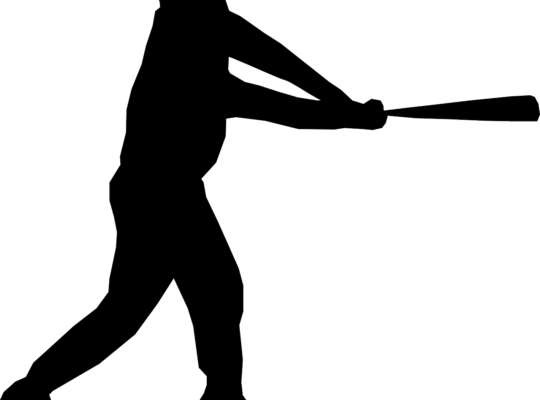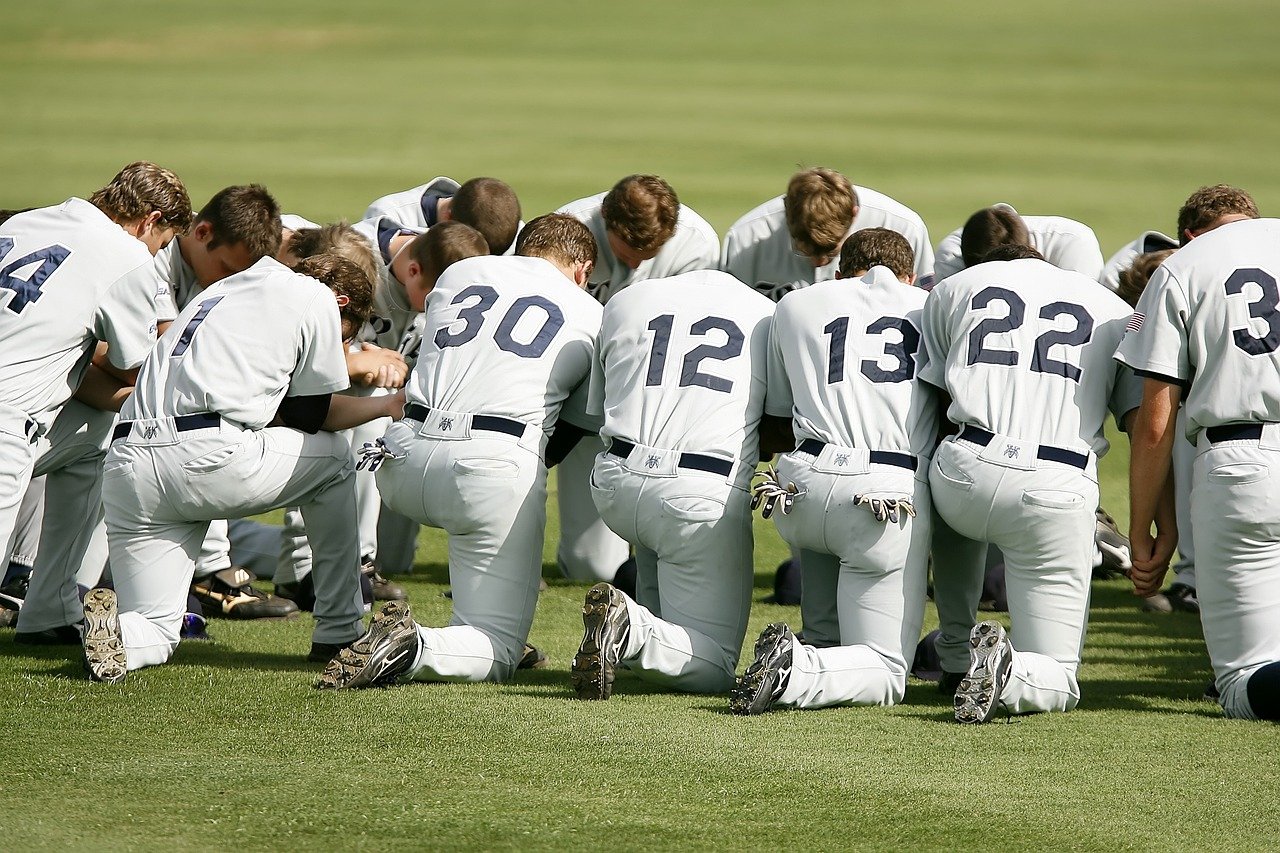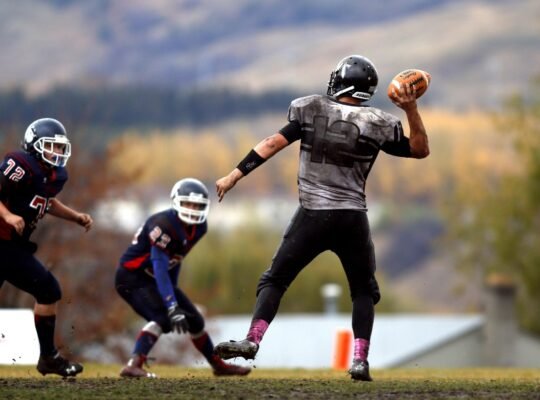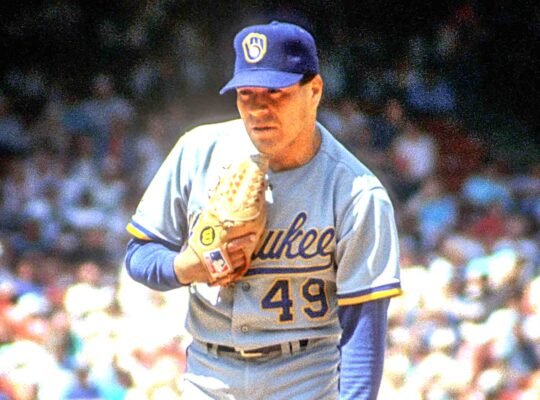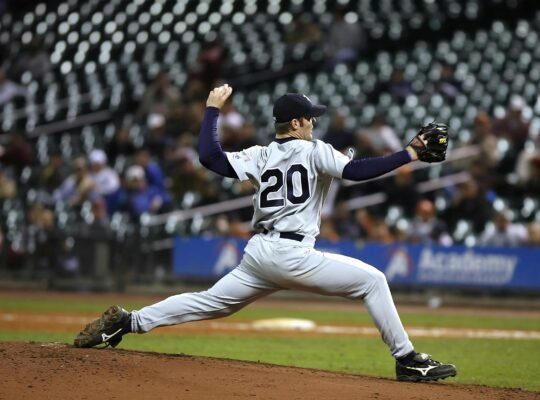Table of Contents
Best Baseball Workout Program
Introduction
In the realm of sports, physical fitness is a cornerstone of success. Baseball, a game that demands a blend of strength, agility, and endurance, is no exception. A tailored baseball workout program is essential for enhancing performance on the field. This comprehensive guide aims to provide insights into developing a robust workout regimen that caters to the unique demands of baseball players.
Pre-Workout Considerations
Before diving into the core of any workout, pre-workout considerations are crucial. Warming up is essential to prepare the body for the intense physical activity ahead. Effective warm-ups increase blood flow, enhance muscle flexibility, and reduce the risk of injury. A combination of dynamic stretches, light cardio, and sport-specific movements should be incorporated. Equally important is mental preparation, which involves focusing on the workout goals and visualizing success.
Core Components of a Baseball Workout Program
A well-rounded baseball workout program encompasses three main components: strength training, cardiovascular conditioning, and flexibility/mobility exercises.
- Strength Training
Strength training is pivotal for developing the power necessary for batting, pitching, and fielding. It includes:
- Upper Body Strength Exercises: Bench presses, dumbbell rows, and shoulder presses are key to building upper body power.
- Lower Body Strength Exercises: Squats, deadlifts, and lunges enhance lower body strength, crucial for running and explosive movements.
- Core Strength Exercises: Core stability is vital for balance and control. Planks, Russian twists, and medicine ball throws are excellent core exercises.
- Cardiovascular Conditioning
Cardiovascular fitness is essential for sustaining energy levels throughout the game. Effective cardio workouts include:
- Interval Training: High-intensity intervals improve both aerobic and anaerobic capacity.
- Long-Distance Running: Builds endurance and stamina.
- Sprinting Drills: Essential for improving speed and agility on the field.
- Flexibility and Mobility
Flexibility and mobility are crucial for preventing injuries and improving overall performance. This component includes:
- Stretching Exercises: Incorporating both static and dynamic stretches.
- Mobility Drills: Exercises that enhance joint range of motion.
Strength Training in Detail
- Upper Body Strength Exercises
- Bench Press: Targets the chest, shoulders, and triceps, crucial for powerful swings.
- Dumbbell Rows: Strengthens the back and biceps, aiding in throwing strength.
- Shoulder Press: Develops shoulder muscles, essential for all throwing actions.
- Lower Body Strength Exercises
- Squats: Essential for building lower body strength, aiding in running and jumping.
- Deadlifts: Strengthen the posterior chain, improving overall power.
- Lunges: Enhance balance and coordination, critical for quick directional changes.
- Core Strength Exercises
- Planks: Build core stability and endurance.
- Russian Twists: Target the obliques, improving rotational strength.
- Medicine Ball Throws: Simulate sport-specific movements, enhancing explosive power.
Cardiovascular Conditioning
Endurance is a key component in baseball, as players need sustained energy throughout the game.
- Interval TrainingInterval training involves alternating periods of high-intensity exercise with low-intensity recovery. This method improves both speed and endurance, essential for baseball players who need quick bursts of energy followed by recovery periods.
- Long-Distance RunningLong-distance running builds cardiovascular endurance. Incorporating runs of 30-60 minutes can improve overall stamina, allowing players to maintain performance throughout the game.
- Sprinting DrillsSprinting drills, such as 40-yard dashes or shuttle runs, are vital for enhancing speed and agility. These drills mimic the quick, explosive movements required in baseball.
Flexibility and Mobility
Flexibility and mobility are often overlooked but are crucial for optimal performance and injury prevention.
- Static StretchingStatic stretching involves holding stretches for a period of time, improving overall flexibility. Key stretches include hamstring stretches, quadriceps stretches, and shoulder stretches.
- Dynamic StretchingDynamic stretching involves active movements that stretch muscles without holding the position. Examples include leg swings, arm circles, and lunges with a twist.
- Foam RollingFoam rolling helps release muscle tightness and improve blood flow. It is particularly useful for recovering muscles after intense workouts.
- Yoga for Baseball PlayersYoga enhances flexibility, balance, and mental focus. Poses like downward dog, warrior poses, and seated forward bends are beneficial.
Position-Specific Training
Different positions in baseball require specialized training to meet their unique demands.
- Training for PitchersPitchers need strong arms and shoulders, combined with excellent core stability. Focus on exercises like shoulder rotations, planks, and resistance band workouts.
- Training for CatchersCatchers require strong legs and core, along with quick reflexes. Squats, lunges, and agility drills are essential.
- Training for InfieldersInfielders need explosive speed and agility. Incorporate lateral movements, sprinting drills, and plyometric exercises.
- Training for OutfieldersOutfielders require excellent sprinting speed and throwing power. Focus on sprint drills, long-distance throws, and upper body strength exercises.
Off-Season vs. In-Season Training
Training regimens vary significantly between the off-season and the in-season.
- Differences in Training Intensity and FocusOff-season training is more intense, focusing on building strength, speed, and endurance. In-season training shifts towards maintenance, ensuring players stay fit without overtraining.
- Off-Season Workout RoutinesOff-season routines should include heavy strength training, intense cardio sessions, and flexibility work. Aim for 4-5 training days per week.
- In-Season Maintenance WorkoutsIn-season workouts should focus on maintaining fitness levels with lighter strength training, moderate cardio, and plenty of flexibility exercises. Reduce training frequency to 2-3 days per week to prevent fatigue.
Nutrition and Hydration
Proper nutrition and hydration are critical for peak performance.
- Importance of Proper NutritionA balanced diet fuels workouts and enhances recovery. Include a mix of carbohydrates, proteins, and fats.
- Pre-Workout and Post-Workout NutritionPre-workout meals should be high in carbs and moderate in protein. Post-workout nutrition should focus on protein for muscle repair and carbs for replenishing energy stores.
- Hydration Tips for Optimal PerformanceStay hydrated with water and electrolyte-rich drinks. Monitor hydration levels through urine color and drink regularly throughout the day.
Recovery and Injury Prevention
Recovery is as important as the workout itself to prevent injuries and improve performance.
- Importance of RecoveryAdequate recovery allows muscles to repair and grow. Include rest days in your training plan.
- Types of Recovery MethodsRecovery methods include sleep, hydration, nutrition, stretching, foam rolling, and massage.
- Common Baseball Injuries and Prevention TipsCommon injuries include shoulder strains, elbow injuries, and hamstring pulls. Prevent these with proper warm-ups, strength training, and flexibility exercises.
Mental Conditioning
Mental fitness is crucial for handling the pressures of the game.
- Role of Mental Fitness in BaseballMental toughness helps players stay focused and perform under pressure.
- Visualization TechniquesVisualization involves picturing successful plays and techniques. This mental practice enhances physical performance.
- Stress ManagementTechniques like deep breathing, meditation, and mindfulness can help manage the stress of competitive sports.
Personal Stories and Case Studies
Personal experiences and success stories offer valuable insights and inspiration.
- Success Stories from Professional Baseball PlayersLearn from the training routines and experiences of professional players who have achieved success through dedicated workout programs.
- Personal Experiences from Amateur PlayersAmateur players can also offer valuable lessons from their journey in improving their game through structured training.
- Lessons Learned from Different Workout ProgramsExplore the benefits and drawbacks of various workout programs through real-life examples.
Expert Insights
Gain wisdom from professionals who specialize in sports fitness and training.
- Quotes from Fitness Trainers Expert trainers provide tips on optimizing your workout program.
- Advice from Professional Baseball Coaches Coaches offer insights into the specific demands of baseball and how to meet them through training.
- Insights from Sports Physiotherapists Physiotherapists discuss injury prevention and recovery strategies.
Conclusion
A comprehensive best Baseball Workout Program is essential for any player aiming to excel in the sport. By integrating strength training, cardiovascular conditioning, flexibility exercises, and proper nutrition, players can enhance their performance and reduce the risk of injury. Continuous improvement, guided by expert advice and personal experiences, will ensure long-term success in baseball. Commit to a structured training regimen and watch your game transform.


